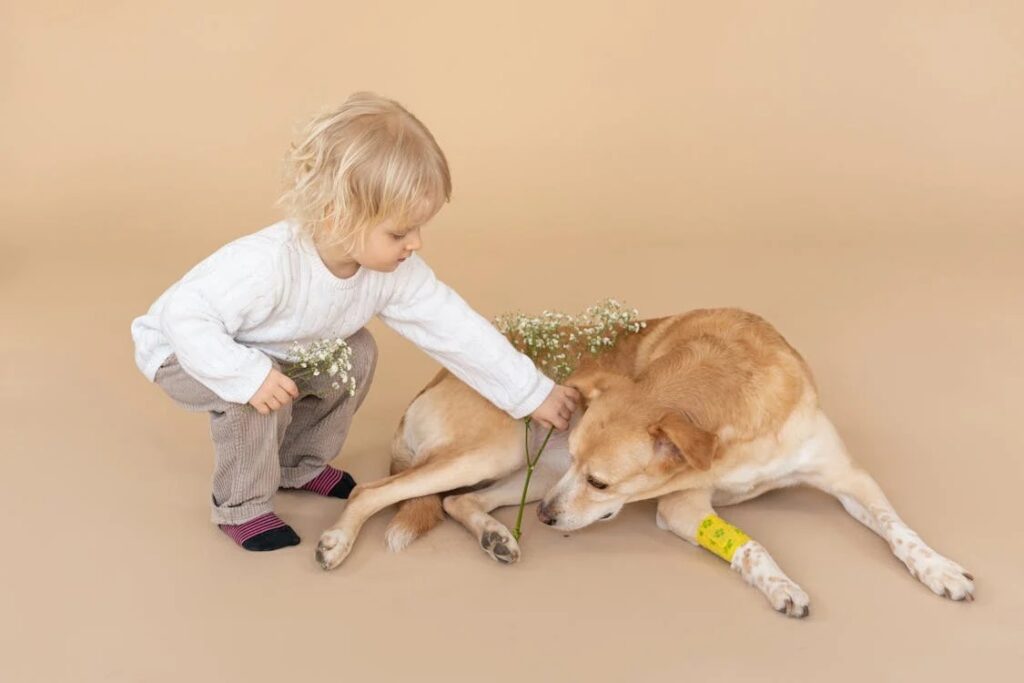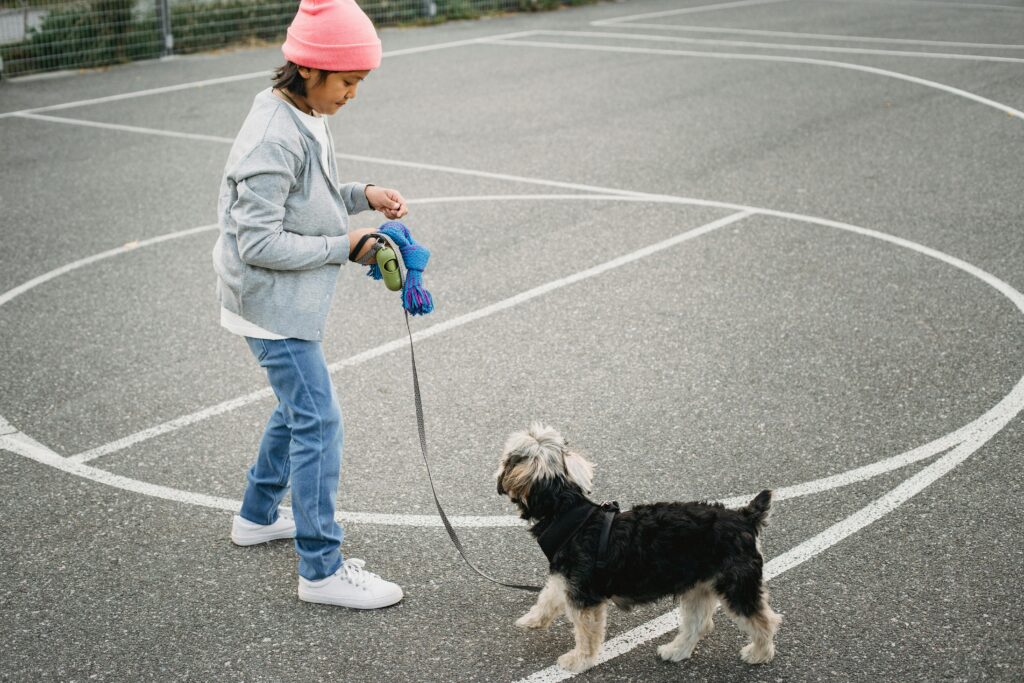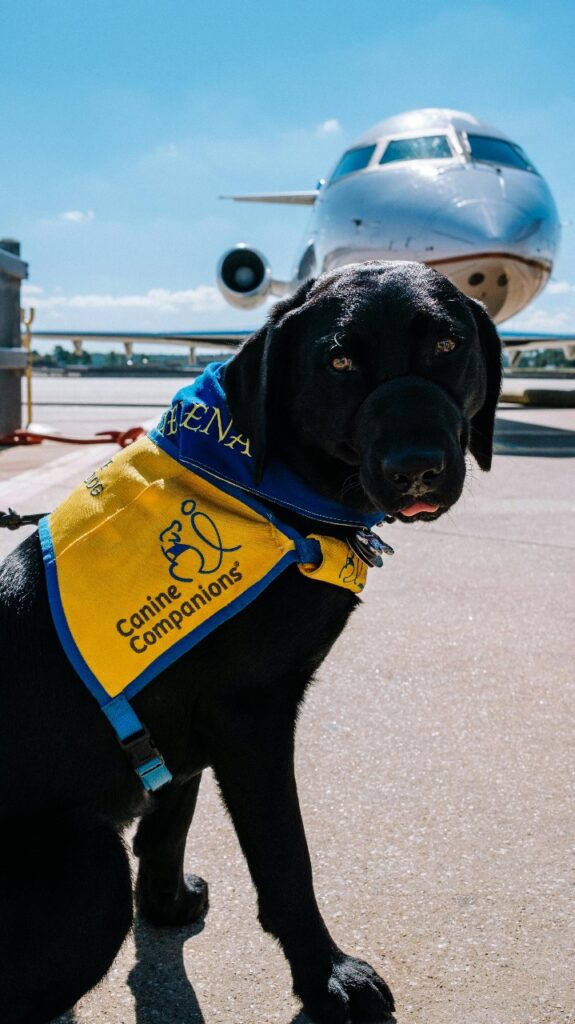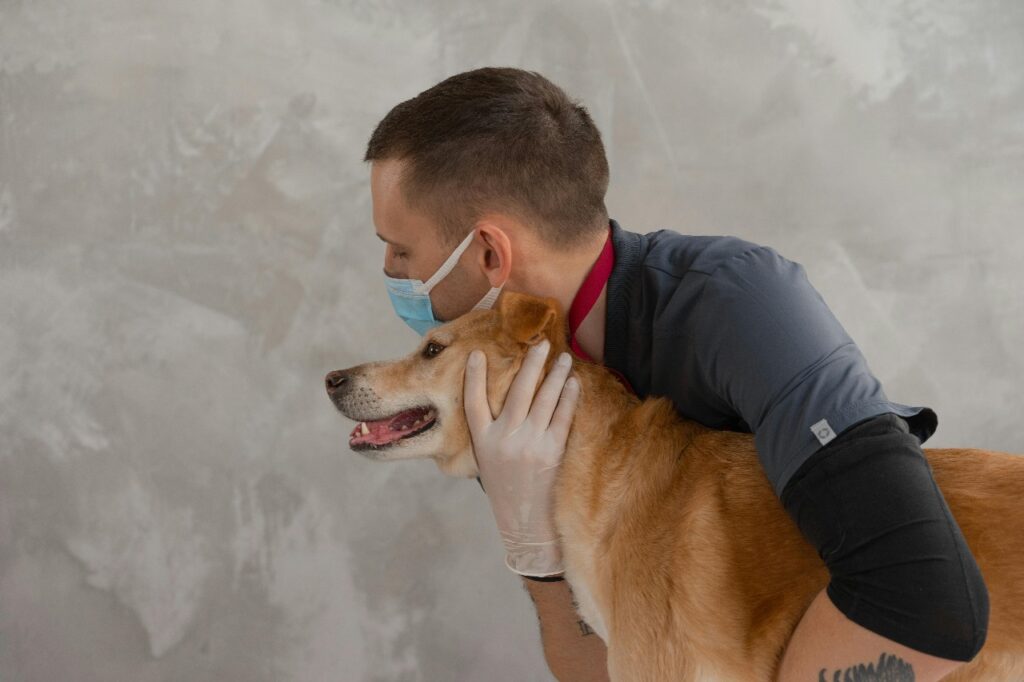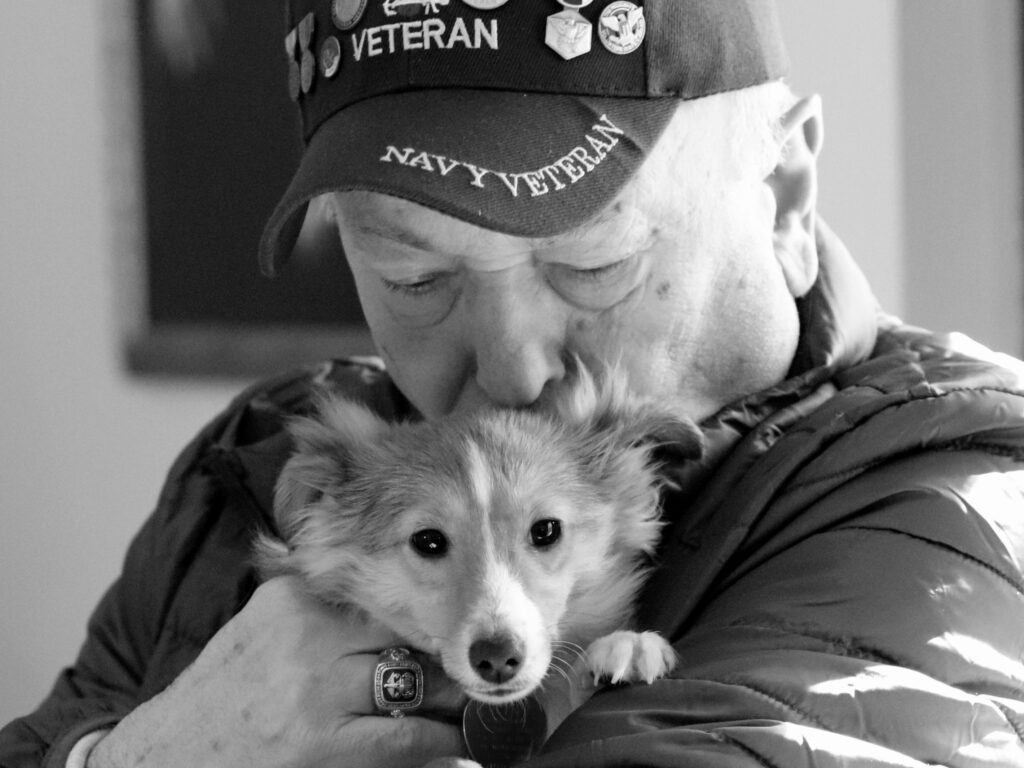
The idea that pets, particularly dogs and cats, offer unconditional love is a popular belief among pet owners. We often hear heartwarming stories of dogs waiting by the door for their owners or cats curling up in their owner’s laps after a long day. These behaviors create a deep sense of emotional connection.
But is it truly unconditional love that our pets are showing us, or is there something else driving their affection?
Defining Unconditional Love
Unconditional love is often described as love without conditions, expectations, or limitations. It’s the purest form of affection, where the giver expects nothing in return and loves the recipient no matter their flaws or actions. In human terms, it’s often associated with parental love for children or deep bonds between partners. But when it comes to pets, the definition of love gets more complex.
Animal Behavior and Instinct
One way to approach this question is through the lens of animal behavior. Most pets, especially domesticated animals like dogs and cats, exhibit behaviors that seem like love, but they may be rooted in survival instincts.
Dogs, for example, are pack animals that evolved to form close-knit social groups. Their ancestors, wolves, relied on strong bonds within the pack for survival, which could explain why dogs are so attached to their human families.
Dogs may express affection through licking, cuddling, or following their owners around, but these behaviors can also be linked to a desire for food, safety, and companionship. Dogs are excellent at picking up on human emotions, so they often comfort their owners when they are sad or anxious. While this can feel like unconditional love, it’s possible that dogs are simply responding to the emotional cues they have learned to associate with positive reinforcement.
Cats, on the other hand, are more independent by nature. Their expressions of affection are subtler, often involving head bumps, purring, or sitting near their owners. Cats, too, have evolved to bond with humans, but their relationship with people tends to be more transactional, with food and security playing a significant role.
Emotional Bonds Between Pets and Humans
While animal behaviorists argue that much of a pet’s affection is driven by instinct, it’s also clear that animals, especially those living in close quarters with humans, can develop emotional bonds that go beyond basic survival needs. Studies have shown that pets can form strong attachments to their owners, similar to the way children bond with their caregivers.
For example, research has found that dogs release oxytocin—the “love hormone”—when interacting with their owners, much like humans do when bonding with loved ones. This suggests that dogs, at least, may experience a form of affection that parallels human love. Cats, while less studied in this regard, also show signs of attachment, particularly when raised in nurturing environments.
The Role of Conditioning
Another important factor to consider is conditioning. Pets are highly sensitive to patterns of behavior and rewards. If a dog or cat learns that certain actions—such as sitting by their owner or offering comfort—result in treats or praise, they will likely repeat those behaviors. Over time, this can create a cycle where affection is both given and received, but it may not be entirely selfless.
Conclusion
While it’s tempting to believe that pets love us unconditionally, the reality is more nuanced. Pets do form strong emotional bonds with their owners, but much of their affection may be influenced by evolutionary instincts and conditioning.
Their love may not be as unconditional as we think, but it’s no less genuine. Whether driven by survival, affection, or a mixture of both, the companionship pets offer is deeply meaningful—and that’s what truly matters.
In the end, whether or not pets love us unconditionally might be less important than the joy and connection they bring into our lives.
Discover more service animal articles here:
- Can Pets Help Children With Their Emotional and Social Skills?
- Does Your Dog Have the Traits Necessary to Be a Therapy Dog?
- How to Avoid Misrepresentation of Emotional Support Animals
Do you own an assistance animal? Register your pet today. The Service Animal Registry of California invites you to have your assistance animal registered in order to designate its status. We also encourage you to take our online classes so you can be fully aware of your rights and gain more knowledge about your support animal.
Finally, we present to you our book entitled, “ASSISTANCE ANIMAL LAWS: LEARN YOUR RIGHTS REGARDING SERVICE ANIMALS, EMOTIONAL SUPPORT ANIMALS, THERAPY PETS, AND OTHER DOGS, CATS, AND ASSISTANCE ANIMALS” to provide you with a complete education on assistance animals. Purchase your copy of the book by clicking the image below.


